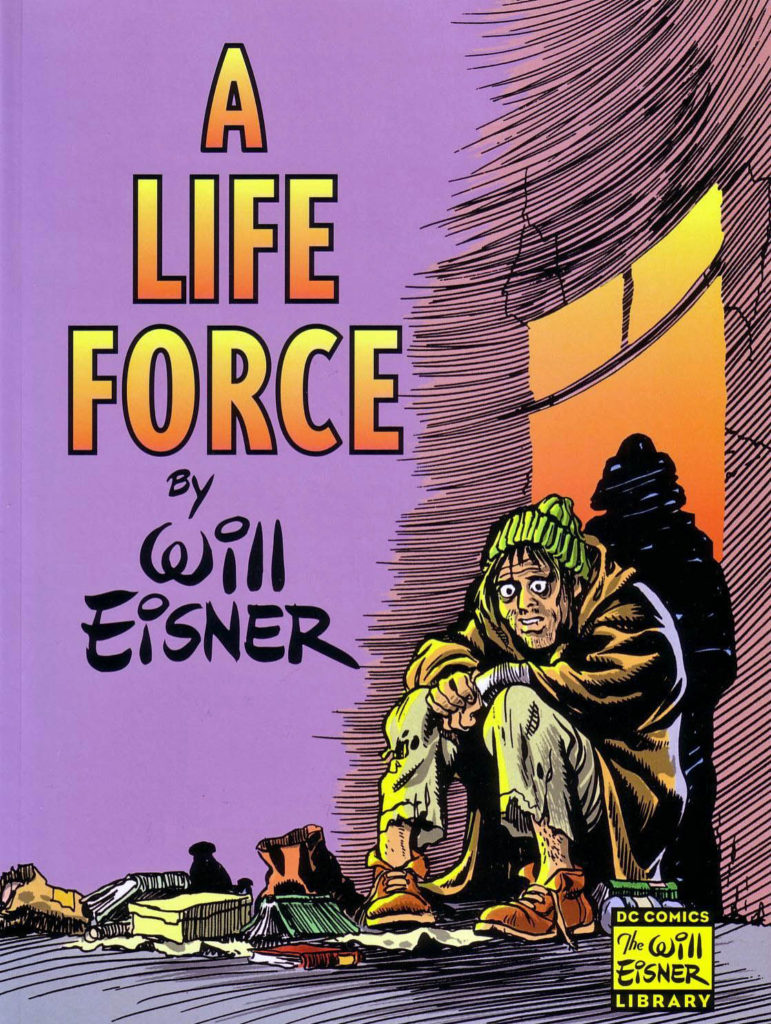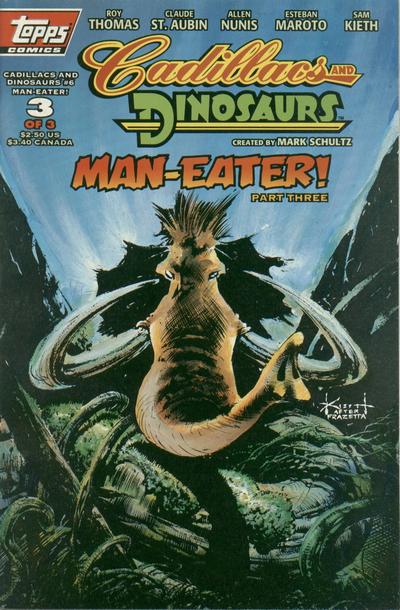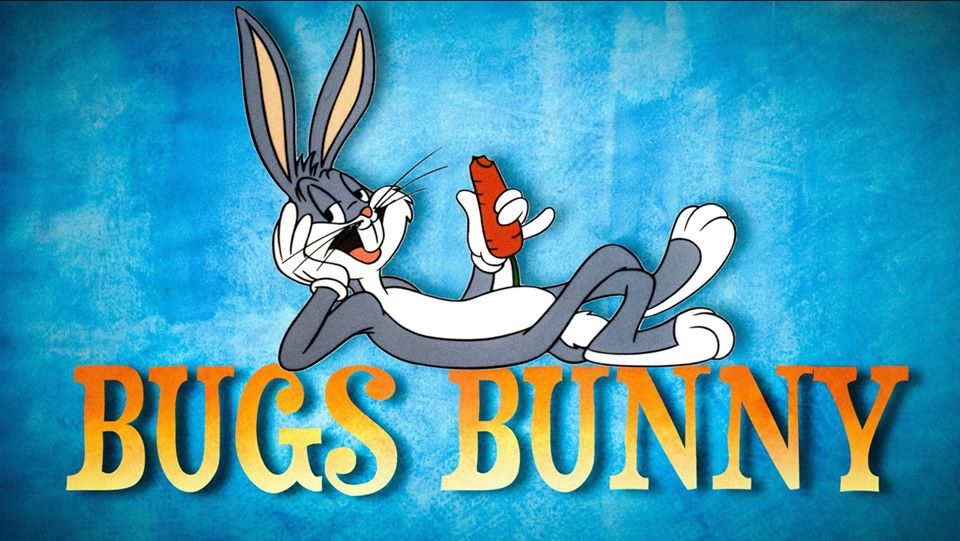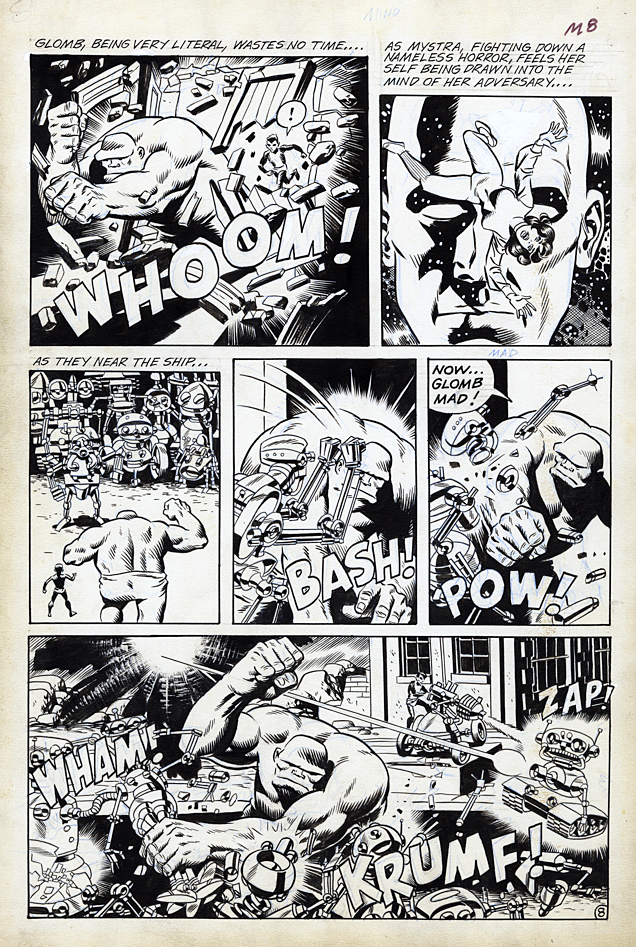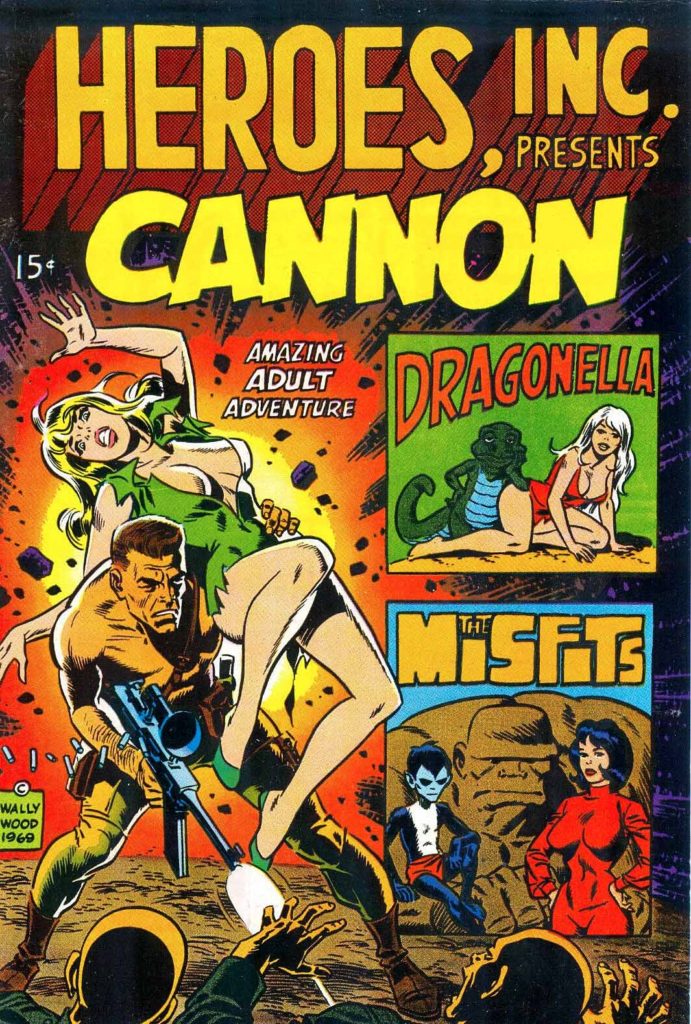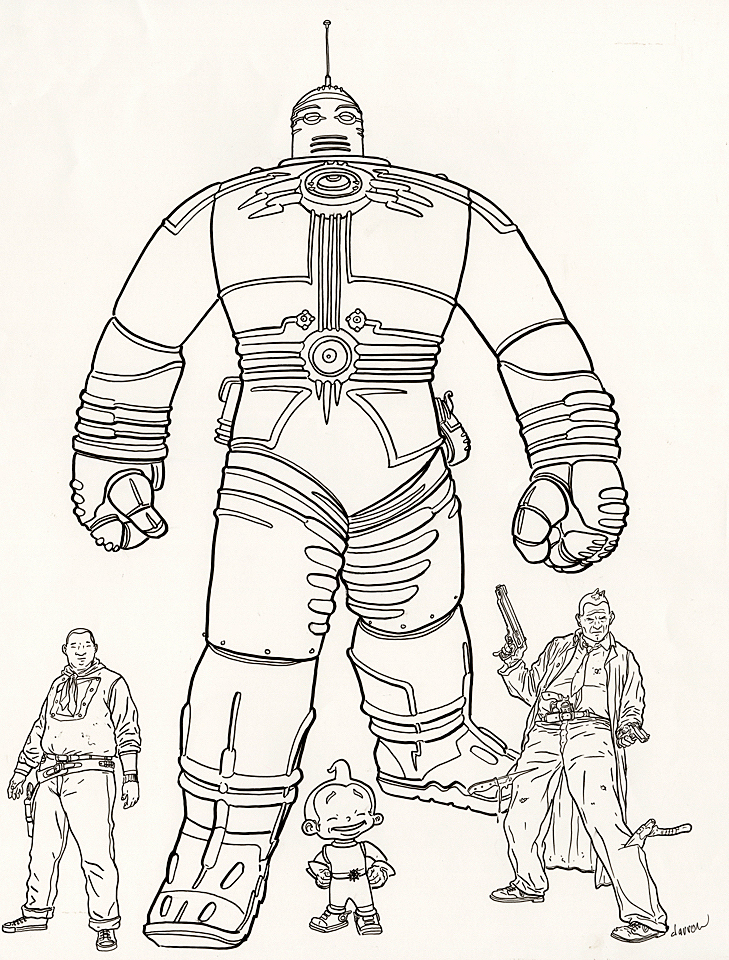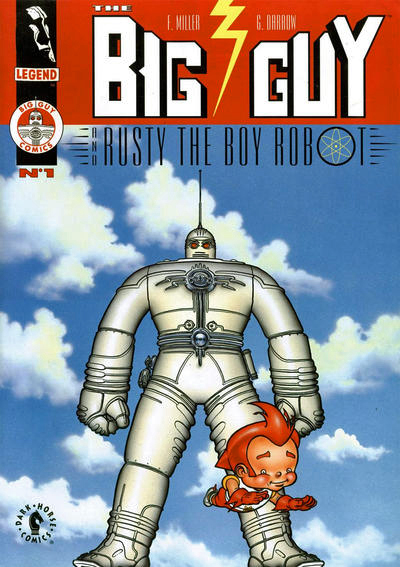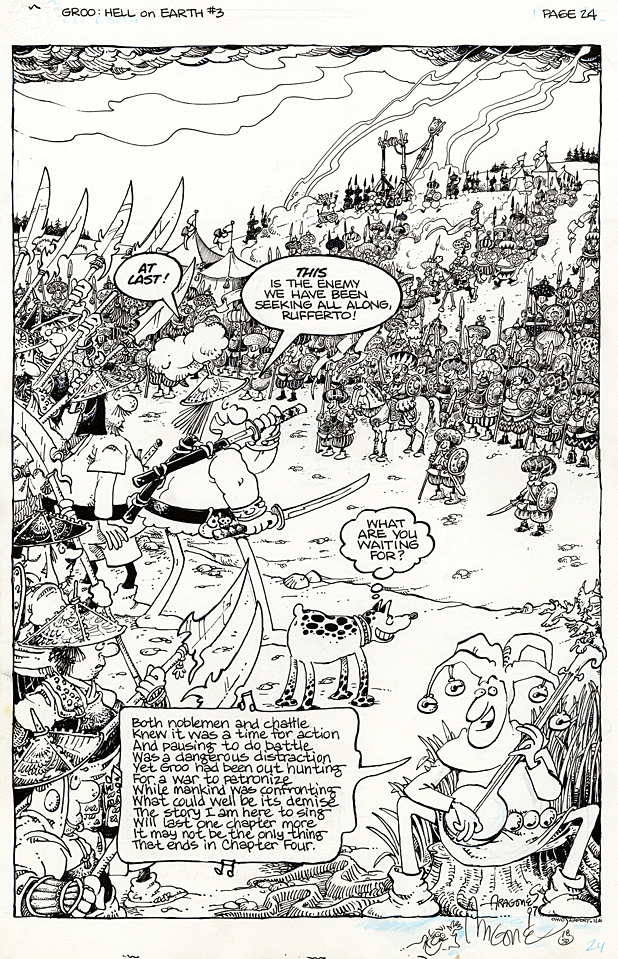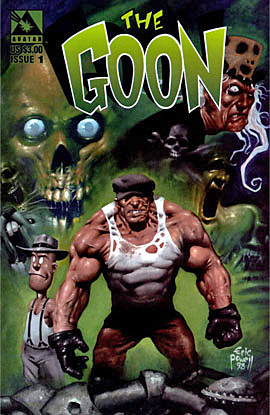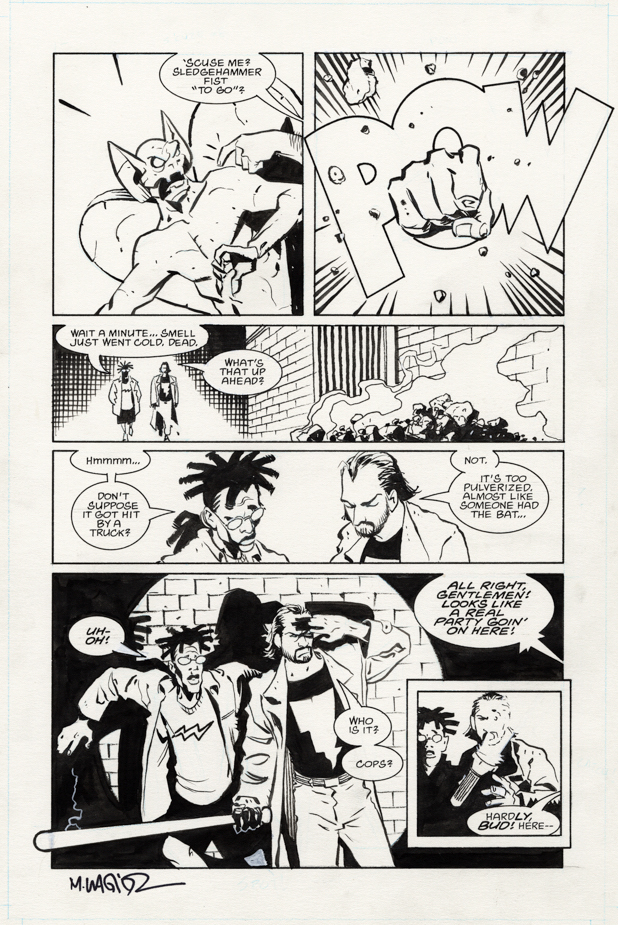Will Eisner — Second Act
Will Eisner’s Quarterly #2, Spring 1984 and A Life Force, 1988
We continue with our month long celebration of the “Independents” — Independent creators and projects that continue to impact the comic book medium.
A Life Force is the second graphic novel in the Contract With God Trilogy.
Contract with God? All that did was change the face of comic book storytelling and popularize the concept, and phrase, “graphic novel.”
Autobiographical and journalistic. Sometimes harsh, sometimes uplifting. Mature, and in places, unflinching. Eisner described his narrative, an “exercise in personal agony,” a way of dealing with the death of his daughter Alice (from Leukemia) years earlier.
Eisner’s career is fascinating. He had all but given up on comic book work after he discontinued the Spirit in 1952, but the growth of comics’ fandom convinced him to return in the 70s. He did indeed revisit The Spirit, but more importantly, he realized his personal literary aspiration of creating something completely unique and personal with COG, its sequels, and other graphic novels he produced until his death in 2005.
A Life Force was first serialized in Will Eisner’s Quarterly starting in 1984. The innovative storytelling and artistic detail on this page (i.e the classic line cross-hatching) makes it a keeper.
Eisner owned outright nearly all the comic book material he created in his lifetime. He had great foresight to retain his intellectual property, and remain a true independent until his passing.





